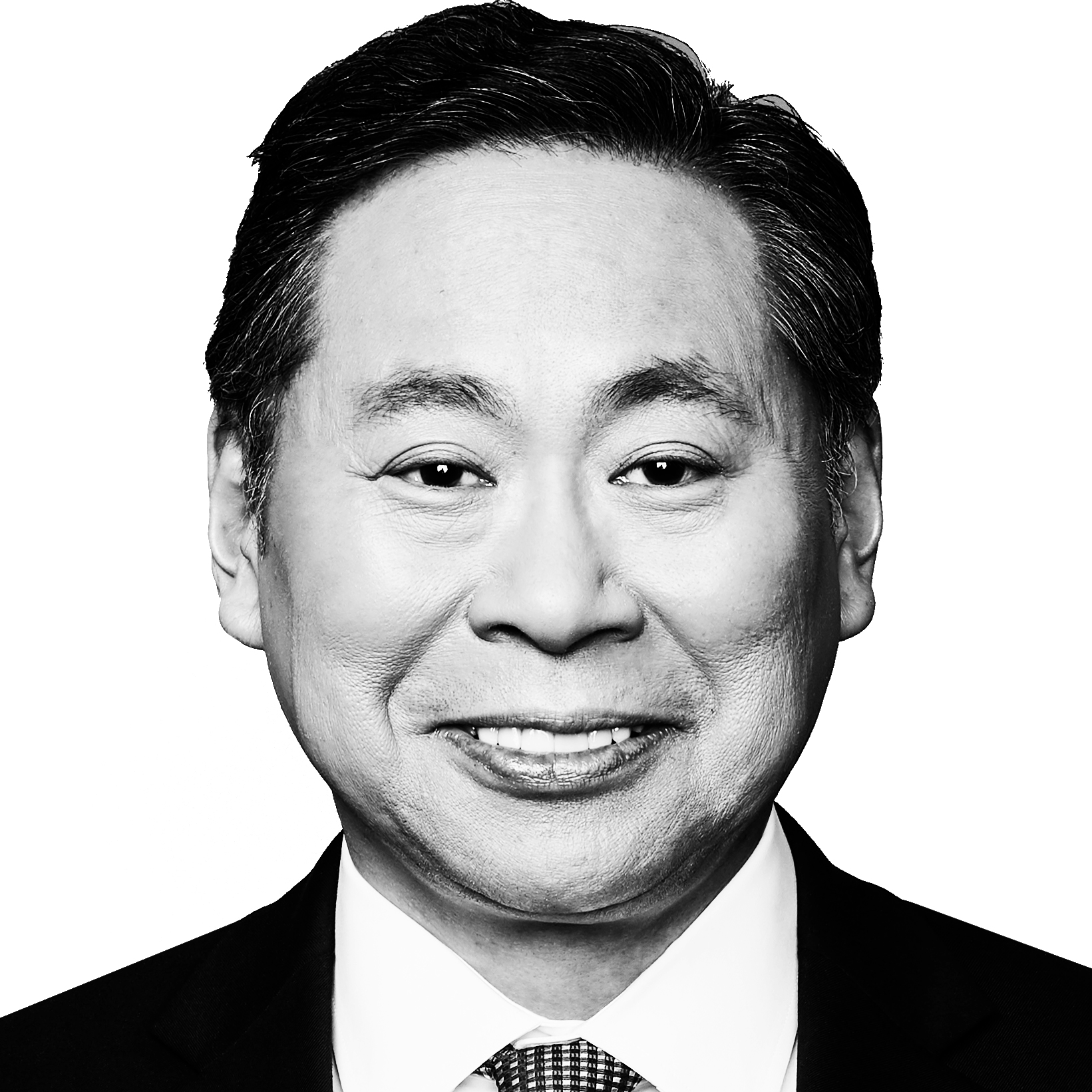Elections
Photo Illustration by Thomas Levinson/The Daily Beast/Getty
Supreme Court Sends Up a Massive MAGA Flare Days Before Vote
ON YOUR SIDE DONALD
The six conservative justices signaled they’re willing to help Trump with a “shadow docket” ruling.
Opinion

Trending Now




